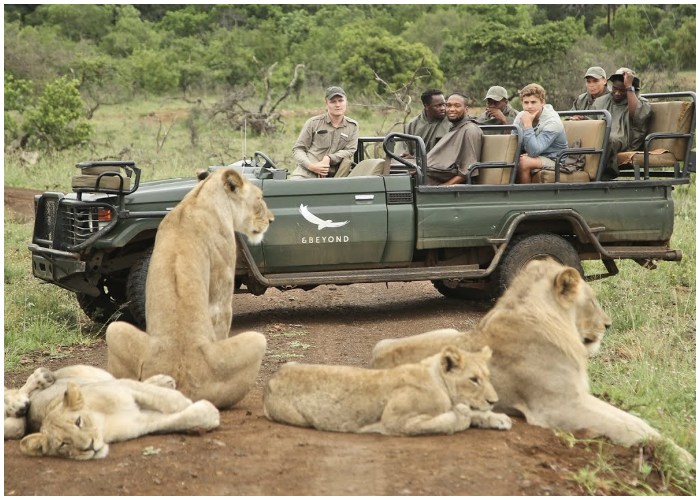Embarking on a safari can be a transformative experience, especially for those new to this unique adventure. Witnessing the wilds of Africa through a fresh perspective not only enriches your travel experience but also deepens your appreciation for nature’s raw beauty and complexity. For first-timers, understanding what to expect and how to prepare can make a significant difference. This guide provides essential insights and practical advice to ensure that your first safari is not only enjoyable but also memorable. From packing tips to understanding the daily rhythm of life in the bush, these recommendations are designed to help you navigate your journey with confidence and ease. The allure of venturing into vast landscapes, encountering wildlife in their natural habitat, and experiencing the rhythms of the natural world is captivating. Whether it’s observing the serene early morning movements of wildlife or the thrilling encounters during game drives, each moment contributes to a profound connection with the earth that is both humbling and exhilarating.
Packing Smart for the Safari
Embarking on a safari demands thoughtful packing. Light, breathable clothing suitable for fluctuating temperatures is essential. Include items like lightweight pants, long-sleeved shirts for protection against the sun and insects, and a couple of warm layers for the chilly mornings and evenings that are typical in many safari regions. Sturdy, comfortable footwear is crucial for navigating the rugged terrain. Additionally, consider the benefits of packing light, as many safari camps offer laundry services, allowing for repeated use of a limited wardrobe.
Photography Essentials
Photography on a safari is a thrilling way to preserve memories. For those serious about photography, bringing a high-quality DSLR or mirrorless camera with a long telephoto zoom lens (ideally 100-400mm or more) is advisable. This equipment helps in capturing stunning, detailed images of wildlife from a safe distance. Don’t forget to pack additional photography accessories such as lens cleaners, extra batteries, and ample memory cards to ensure you can keep shooting throughout your trip.

Managing Insects
Insects can be a significant concern on a safari, particularly in tropical regions. The presence of mosquitoes and other pests varies with the seasons, being more prevalent during wetter periods. To protect yourself, wear neutral or light-colored clothing that covers most of your skin and use a high-DEET insect repellent. Check in advance if your safari camp provides repellents or if you need to bring your own. This is particularly crucial during the lush “green” season when insects are most active.
Understanding Safari Budgets
The cost of participating in a safari can be quite substantial. Standard safaris, featuring expert-guided game drives and stays in bush camps within protected areas, start around $500 USD per person per day. However, prices can escalate significantly for luxury accommodations, which may offer amenities such as plunge pools, gourmet dining, and air-conditioned rooms, with prices potentially exceeding $1,500 per person per day. These figures generally exclude additional expenses such as international and domestic travel, national park entry fees, and other related costs.
Navigating Safety Concerns
Safety is a top priority for those new to safari adventures. It is vital to choose reputable safari operators who provide safe, reliable transfers and accommodation. Being knowledgeable about the local wildlife’s behavior and the potential health risks in the area can further enhance your safety. Reputable operators are well-prepared to handle emergencies and are committed to ensuring that guests enjoy a secure and remarkable experience.
Enjoying the Safari Experience
Beyond the excitement of wildlife sightings, a safari offers the profound pleasure of immersing oneself in the natural world. The experience includes enjoying the early morning serenity, the diverse sounds of the bush at night, and the delightful sundowners that mark the end of an adventurous day. Adapting to the daily safari rhythm—waking early, experiencing the wildlife at dawn, and resting during the heat of the day—becomes a cherished part of the journey, enriching the overall experience.